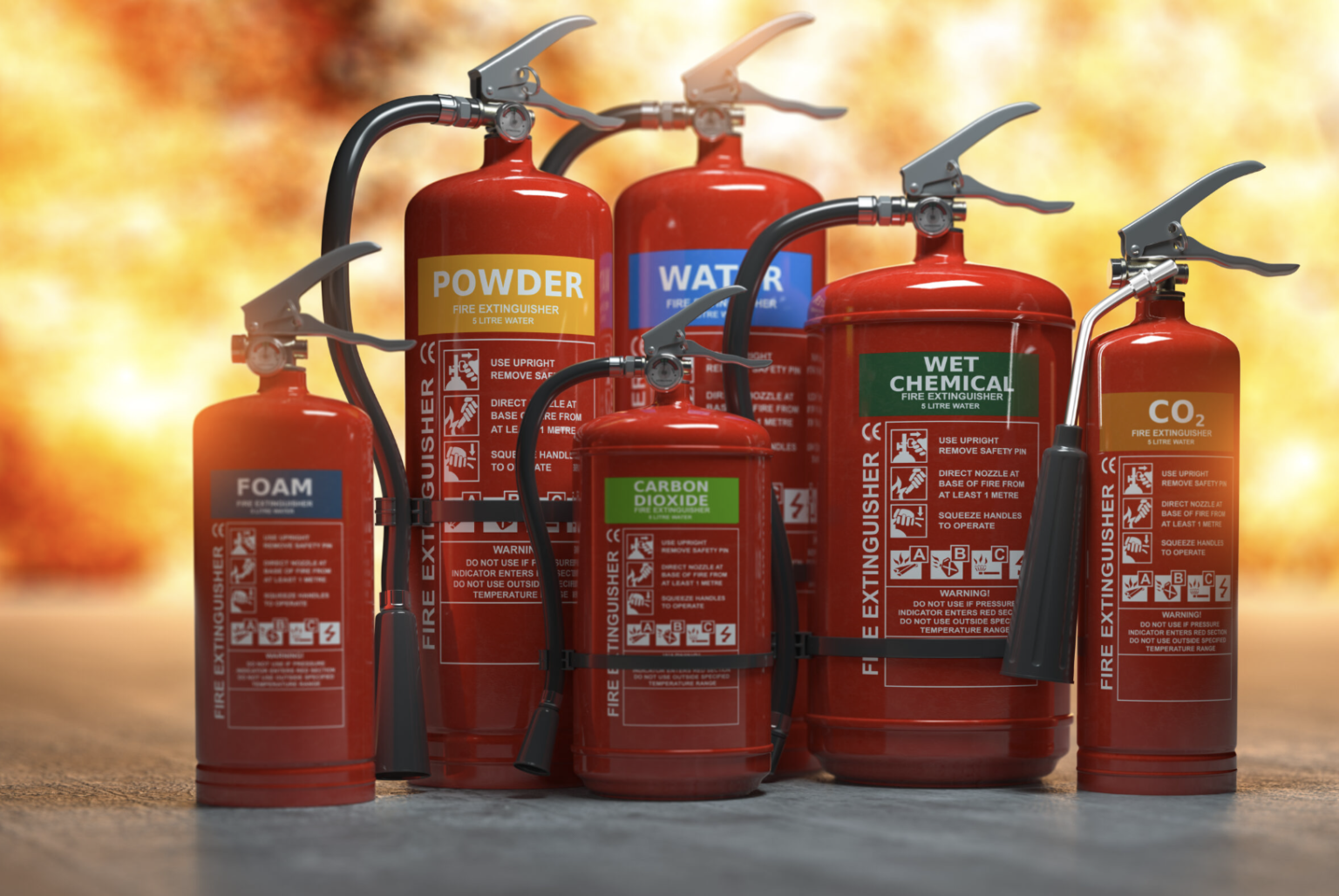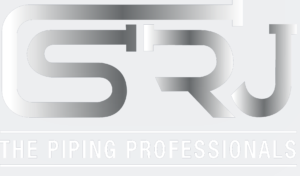
Fire has been a double-edged sword for humanity throughout history. While it has been a source of warmth, light, and progress, it also poses one of the greatest threats to our safety and property. In the modern world, we have devised sophisticated systems to mitigate this threat, and chief among them are fire suppression systems. In this blog, we’ll dive into the world of fire suppression systems, understanding how they work and why they are vital for protecting lives and property.
The Silent Heroes
Fire suppression systems often remain unnoticed until they are needed most. These silent heroes stand ready to spring into action when the flames of destruction threaten to engulf everything in their path. They are not just sprinklers on the ceiling or red tanks tucked away in corners; they are meticulously engineered systems designed to fight fire with precision and efficiency.
Types of Fire Suppression Systems
There isn’t a one-size-fits-all solution when it comes to fire suppression systems. Different settings and hazards demand different approaches. Here are some common types:
1. Water-Based Systems: These systems, which include wet pipe, dry pipe, and pre-action systems, use water as the primary extinguishing agent. They are effective for ordinary combustibles like wood and paper.
2. Gas-Based Systems: Systems like CO2 and clean agent systems use gases to displace oxygen, suppressing the fire by removing its essential element. They are ideal for protecting valuable assets and sensitive equipment.
3. Foam-Based Systems: Foam is highly effective against flammable liquids and is commonly used in industries where these substances are present.
4. Sprinkler Systems: Automatic sprinkler systems are the most common and are used in a wide range of settings, from commercial buildings to residential homes.
5. Water Mist Systems: These systems use fine water droplets to suppress fires and are especially useful in environments where water damage must be minimized.
How Fire Suppression Systems Work
The effectiveness of fire suppression systems lies in their rapid response and targeted action. When a fire is detected, the system activates automatically. Here’s a simplified breakdown of how some of these systems work:
1. Sprinkler Systems: Individual sprinkler heads are heat-activated. When the temperature at a sprinkler head exceeds a predetermined level, that sprinkler head releases water directly onto the fire, helping to control or extinguish it.
2. Gas-Based Systems: These systems typically work in one of two ways—either by displacing oxygen or by cooling the fire. In the case of CO2 systems, the gas starves the fire of oxygen. Clean agent systems, on the other hand, disrupt the chemical reaction of the fire.
3. Foam-Based Systems: Foam systems combine foam concentrate and water to create a foam blanket that smothers the fire. The foam’s ability to cover the fire and prevent oxygen from reaching it makes it highly effective.
The Importance of Regular Maintenance
While fire suppression systems are incredibly reliable, they are not “set and forget” installations. Regular maintenance, including inspections, testing, and refilling of extinguishing agents, is crucial to ensure these systems are always ready to perform when needed. Neglecting maintenance can lead to catastrophic consequences.
Conclusion
Fire suppression systems are a testament to human ingenuity and a lifeline in the face of one of the most destructive forces on Earth. They silently stand guard, ready to leap into action, and their effectiveness cannot be overstated. Whether in your home, workplace, or industrial facility, these systems are a vital part of the safety net that protects lives and property. Regular maintenance is the key to keeping these systems at their peak performance, ensuring that they continue to be the unsung heroes that save the day when fire threatens to consume all in its path.
